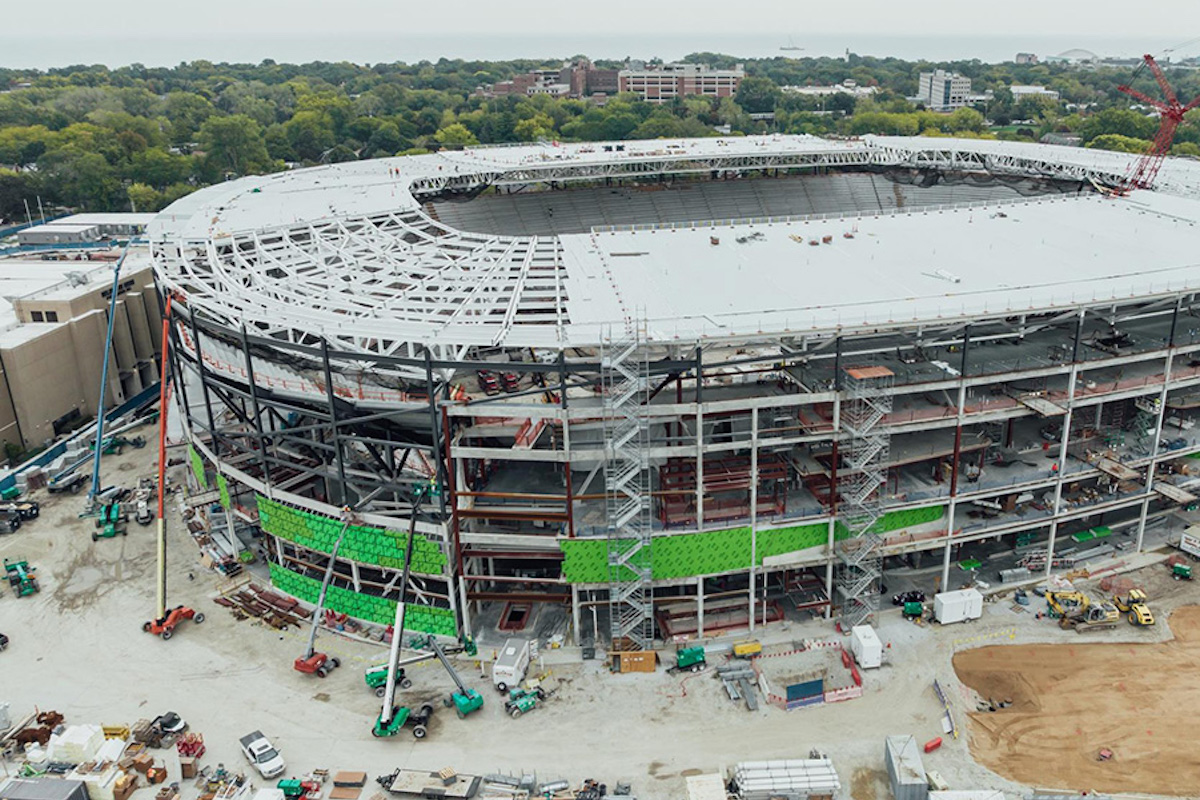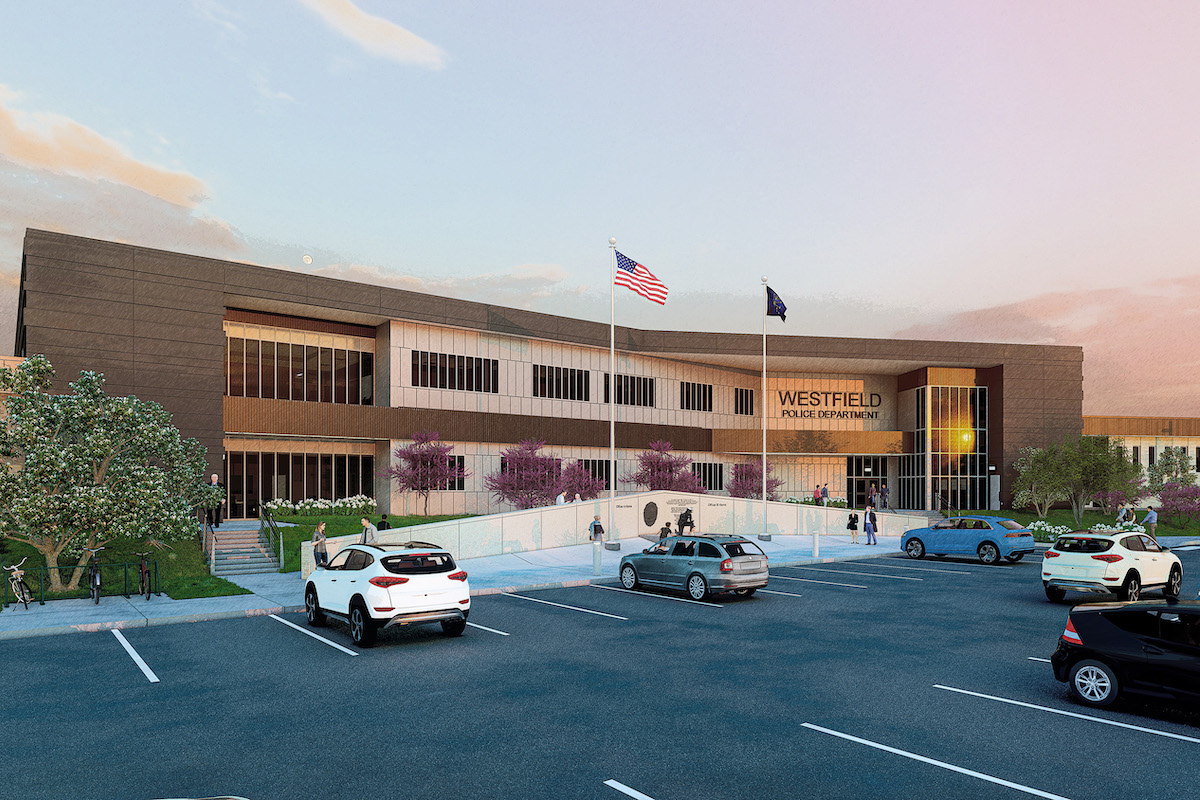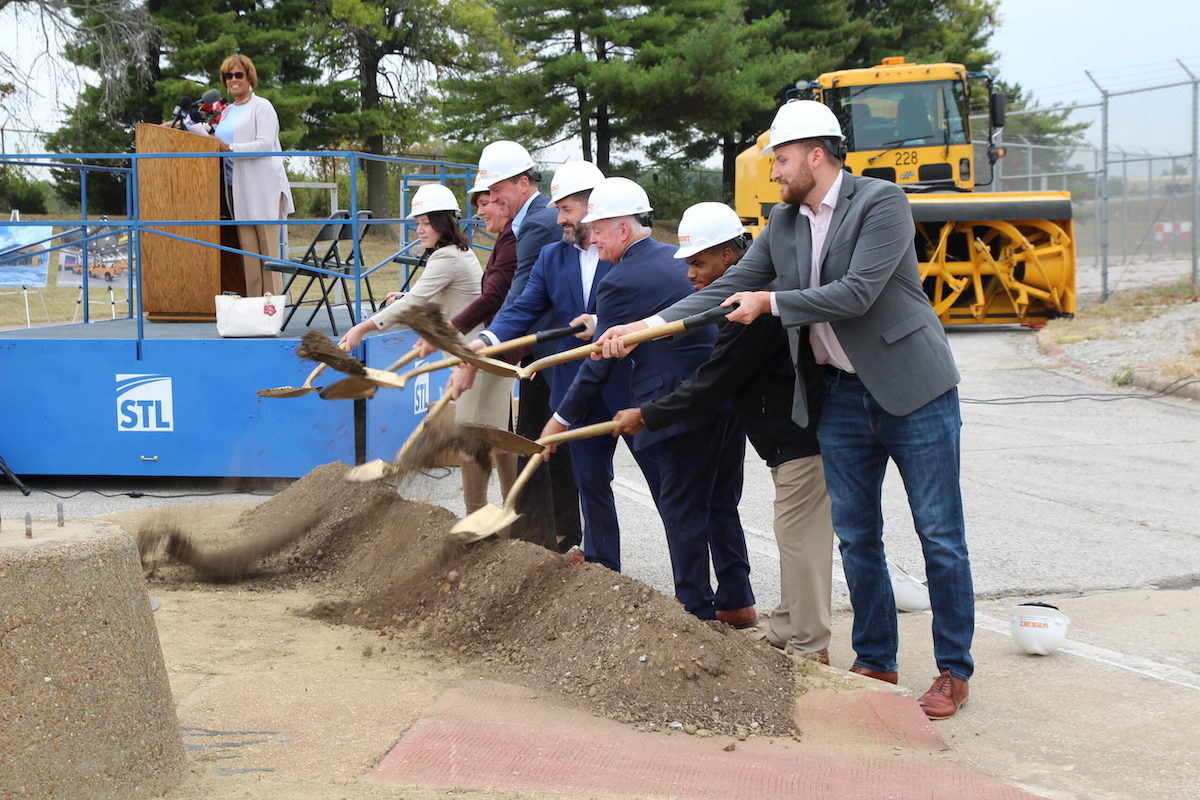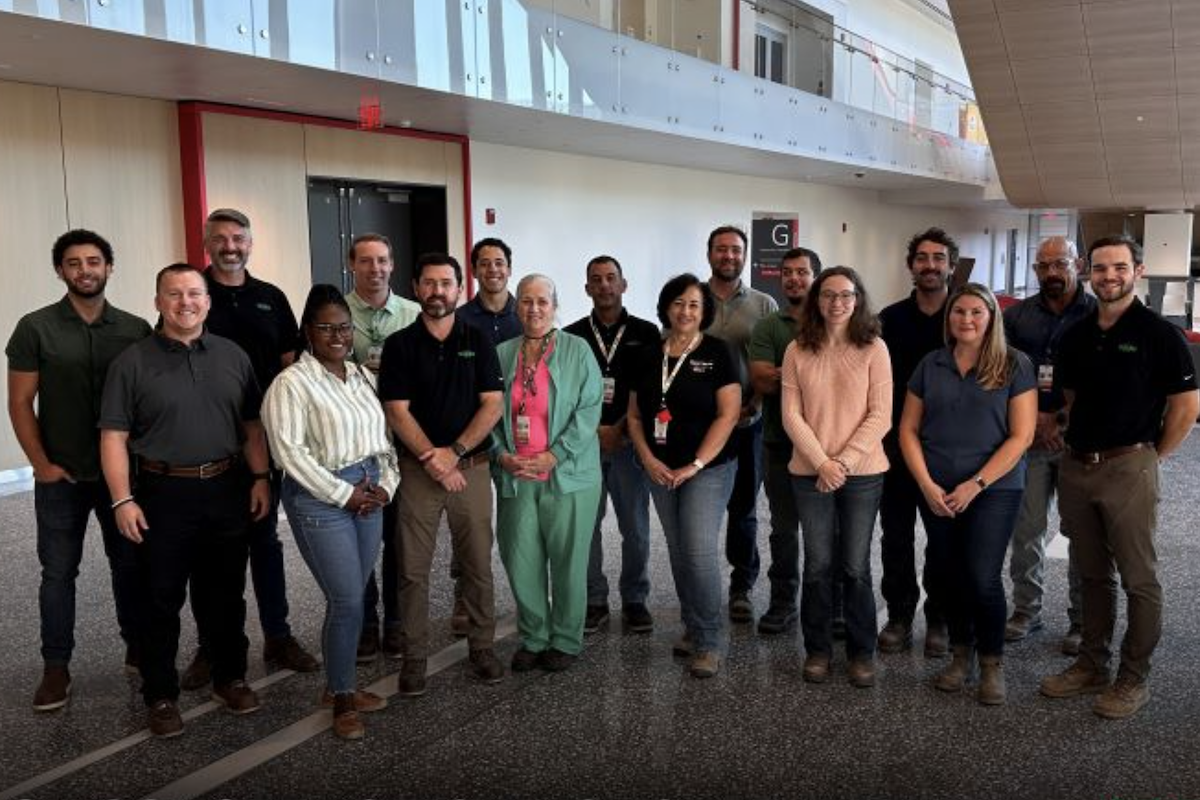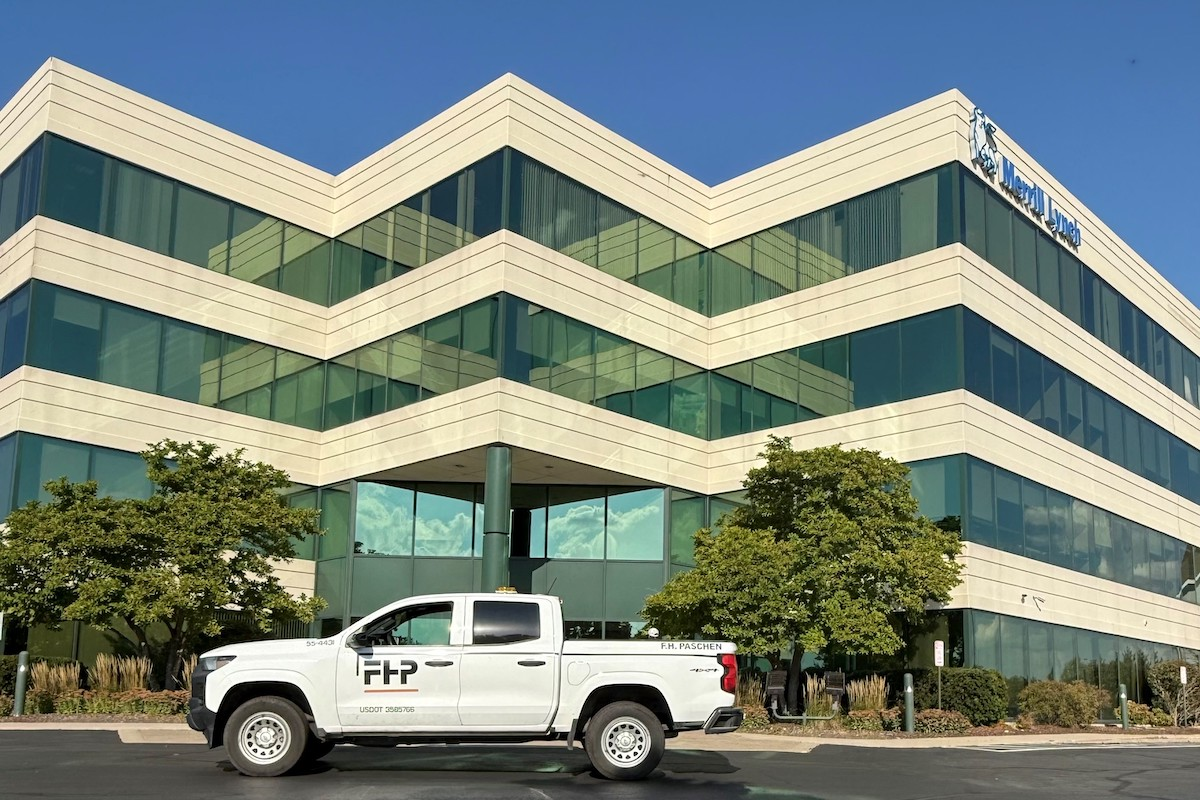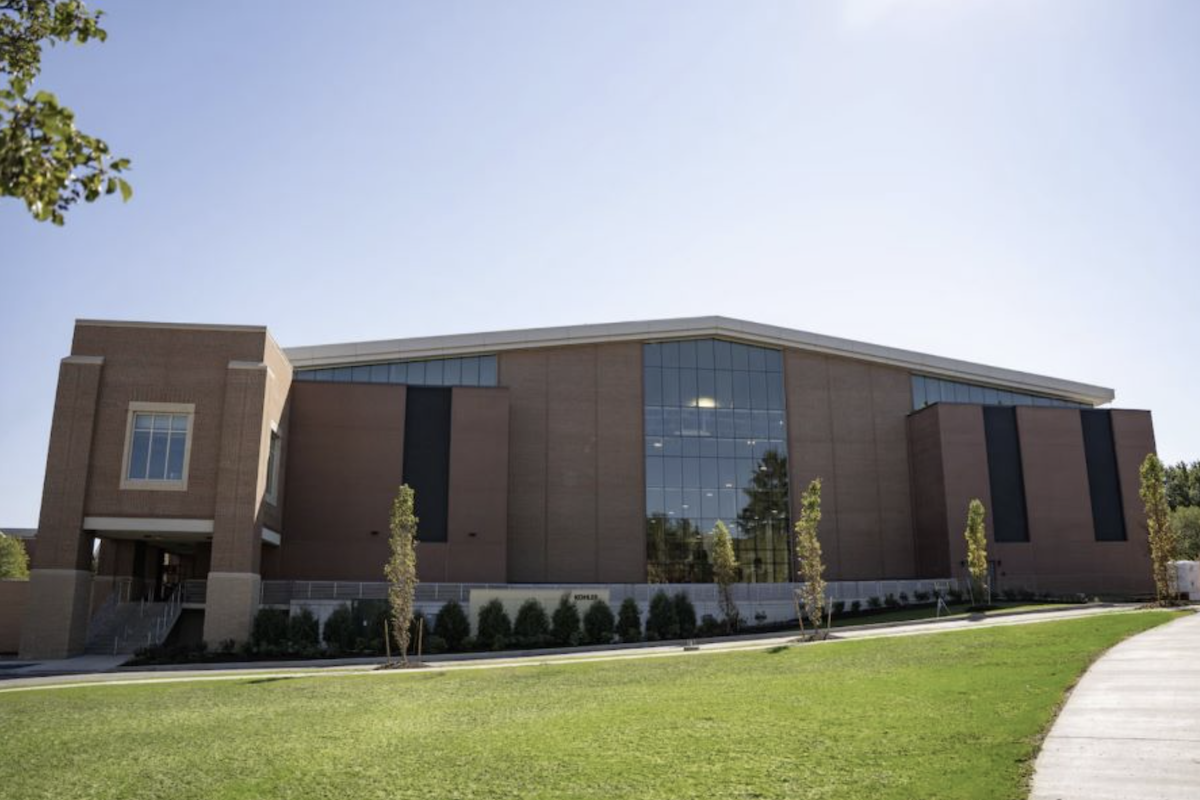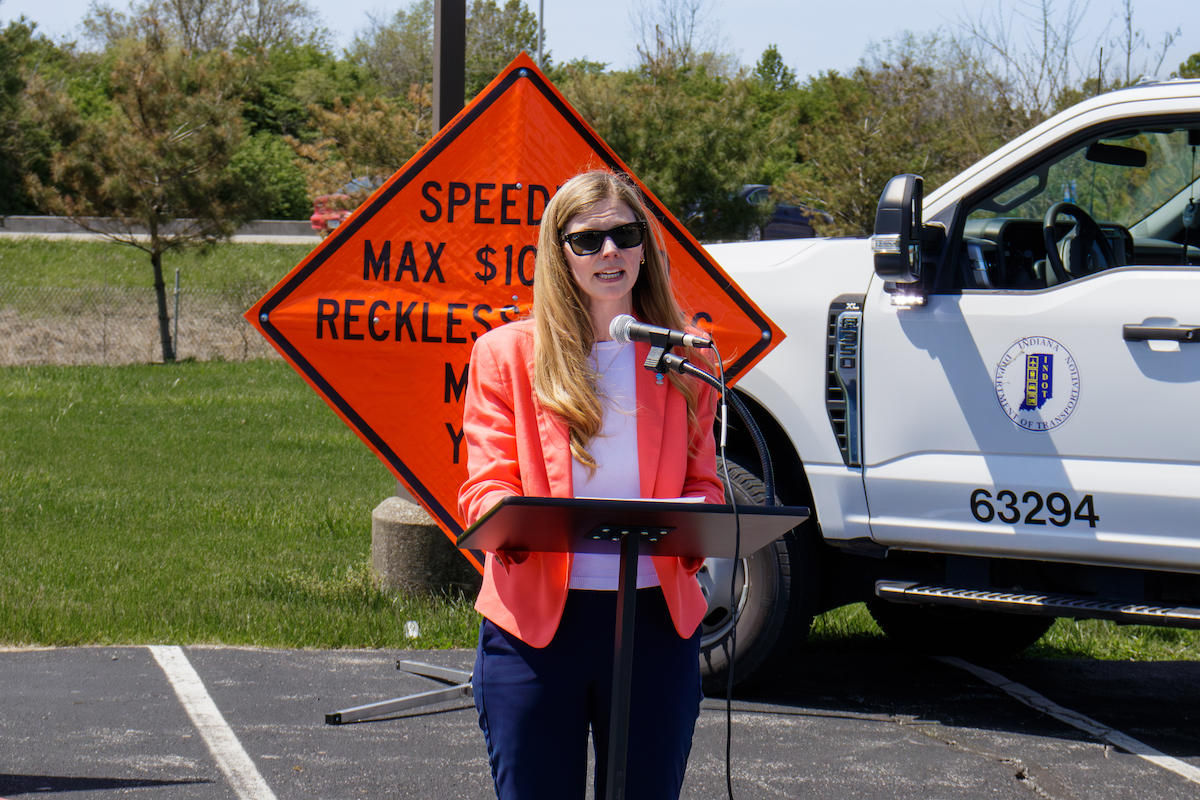Daily travel on the 23-mile stretch of U.S. 23 from Worthington to Waldo currently exceeds the road's capacity by 30 percent, causing regular traffic crashes and significant traffic congestion. Between 2020 and 2024, nine people were killed and 72 people were seriously injured in crashes within these 23 miles alone. The average rush-hour commute is currently 40 minutes, and by 2050, ODOT estimates the commute will increase to 75 minutes.
"This small stretch of U.S. 23 is a vital corridor for freight, and those living and working in this area depend on it," DeWine said. "But this road is not on par with the other routes that connect our major cities and even some of our mid-sized communities."
ODOT's U.S. 23 Connect road construction recommendations, which are divided into seven sections, would eliminate nearly all of the 39 traffic lights along the corridor, bringing the total number of signals to seven or fewer. The proposal would also widen lanes, add several interchanges, and construct overpasses to cut future rush hour travel time to less than 30 minutes. ODOT also estimates that the recommended upgrades would reduce traffic crashes by 50 percent, equating to the prevention of around 250 crashes.
DeWine asked ODOT to evaluate U.S. 23 road construction options in tandem with its ongoing statewide Strategic Transportation and Development Analysis that is assessing the needs of Ohio's entire transportation network with respect to the state's growing population and increasing economic development success. The statewide study, which is expected to be complete by the end of the year, will include the consideration of more direct freeway connections between Columbus and Toledo.

| Your local Deere & Co dealer |
|---|
| West Side Tractor Sales Co |
"These recommendations along U.S. 23 from Worthington to Waldo will improve safety and congestion for residents in these communities as well as those who commute through this area," DeWine said. "No matter what strategy the statewide study recommends on how to build a freeway between Toledo and Columbus, these U.S. 23 improvements must happen regardless.”
To fund the proposed U.S. 23 roadwork, ODOT estimates a cost of approximately $1.4 to $1.9 billion. Projects would be completed on a rolling basis.
“ODOT is no stranger to tackling major projects by taking small bites over several years rather than waiting decades for all the funding to be available at once," Marchbanks said. "From the Downtown Ramp Up in Columbus to the Brent Spence Bridge Corridor Project in Cincinnati, we know how to get things done."
Governor DeWine has already committed $17 million for the initial design of U.S. 23 north of the city of Delaware, laying the groundwork for future investments. This includes the removal of seven signals from Delaware at Pennsylvania Avenue to State Route 229.
ODOT developed the recommendations for U.S. 23 after a series of public meetings between ODOT and local stakeholders, including the public, local government, school districts, businesses, and first responders. Since then, engineers have analyzed data and more than 600 public comments to develop a comprehensive plan aimed at reducing congestion, improving safety, and enhancing overall travel experience.
“Northwest Ohio has spoken with one voice on the need for an efficient connection to Columbus for people and freight. With improvements to the existing Route 23, Governor DeWine is taking a positive first step toward a comprehensive plan that will support Ohio’s future economic vitality,” said Sandy Spang, Executive Director of the Toledo Metropolitan Area Council of Governments.
ODOT's recommendations for U.S. 23 are not final plans. ODOT will present more details on the options during five public meetings in the coming months. The meetings will allow attendees to review the recommendations and provide feedback to inform any modifications to the plan.
















